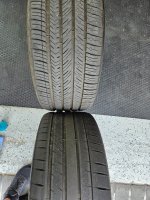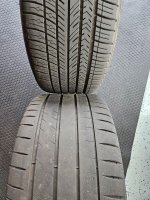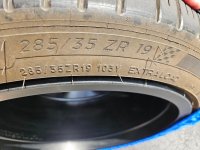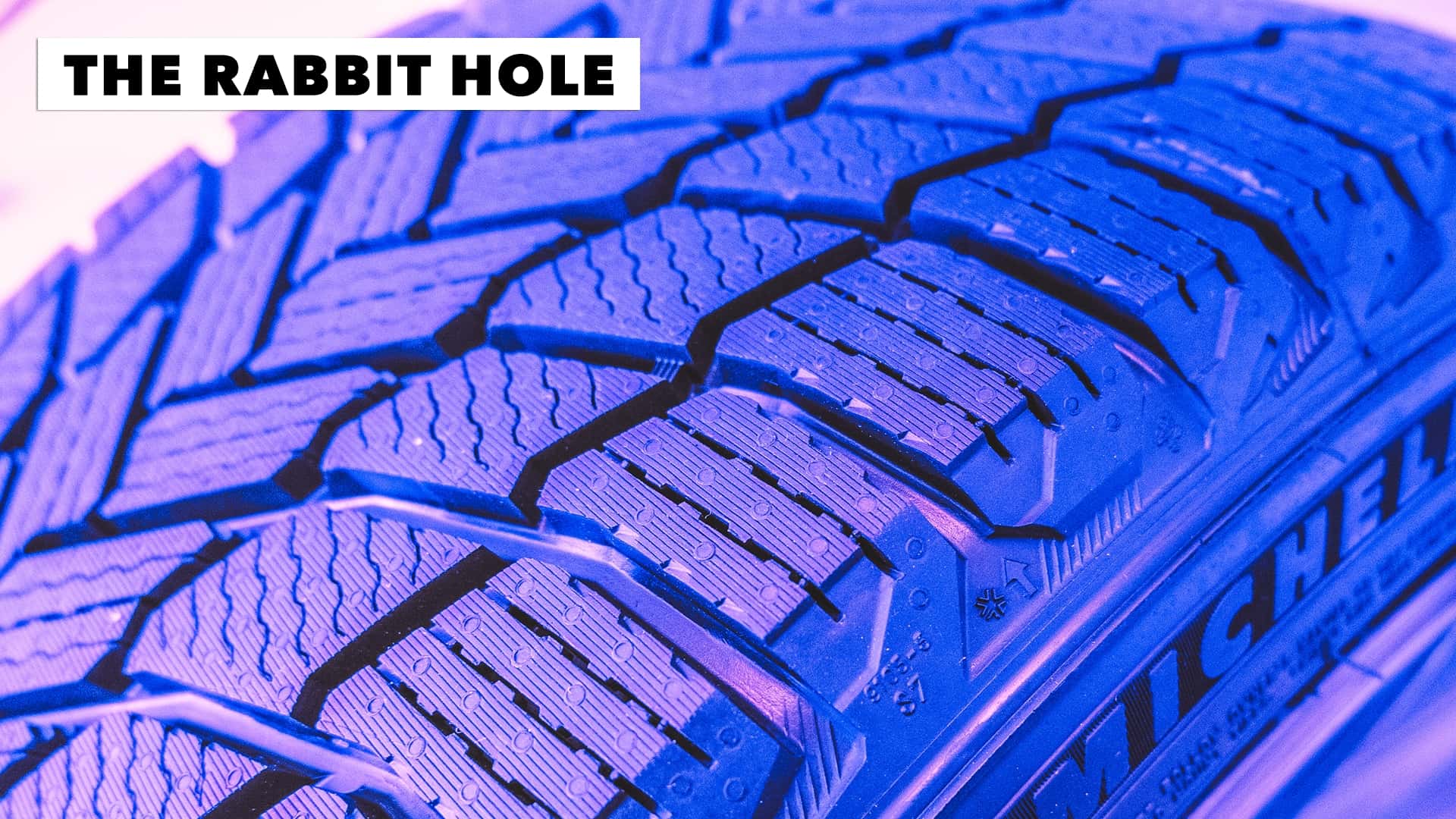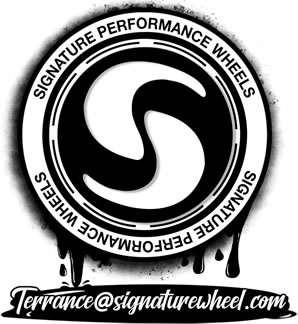TruckeeTaurus
Seasoned Member
- Joined
- Mar 8, 2025
- Messages
- 280
- Location
- Vallejo, CA - Portola, CA
- V-Series Cadillac(s)?
- ‘25 CT5-V Blackwing MT
Why would I see you relating your personal experience as you being a jerk my brother? Yer good.Please don't take this as me being a jerk, but Invos weren't true grippy high performance tires when they came out, what, 15+ years ago? And the 555 G2s are not particularly well respected as anything but an inexpenisve tire. The drag style 555Rs and such are supposed to be incredible in hooking up in a straight line but they have soft sidewalls (i.e. no good for handling).
I am largely content with the OE TPC-spec tires but I know the PS4S is getting long in the tooth and there are newer tires out there that might be pretty incredible, too. As I mentioned, the Potenza Sport is something I have tried in the past and was super impressed with the lateral grip, precise steering, and stiff sidewall (almost like the super 200TW style tires). But I have a feeling they wouldn't last long on a 5BW. The Yokohama AD09 is really the tire I wished they made in our sizes.
Maybe they’ve changed something up as almost all of the reviews I read about the Invo said they were great… though I doubt many of those folks are ripping 659 torque.
What really sucks is that there are not many all season or winter specific tires with specs for the rear tires. I’ve read the Alpin 4 is good, but can’t find them ANYWHERE. So I gotta take what I can get if I want to drive the BW in early spring or fall.
If you know of some good A/S or winter tires and where to get em, hook a brother up!

